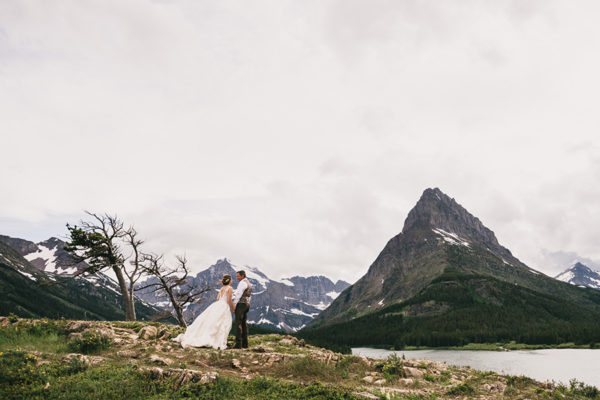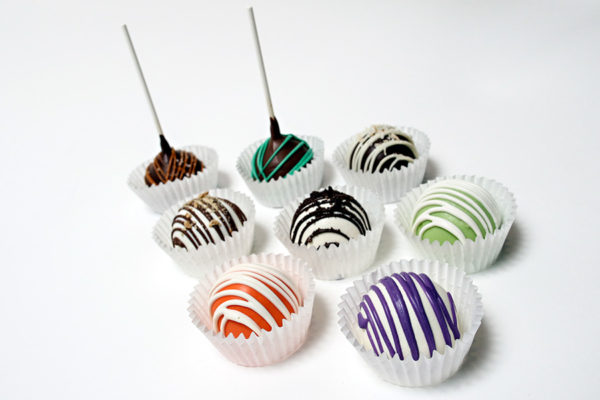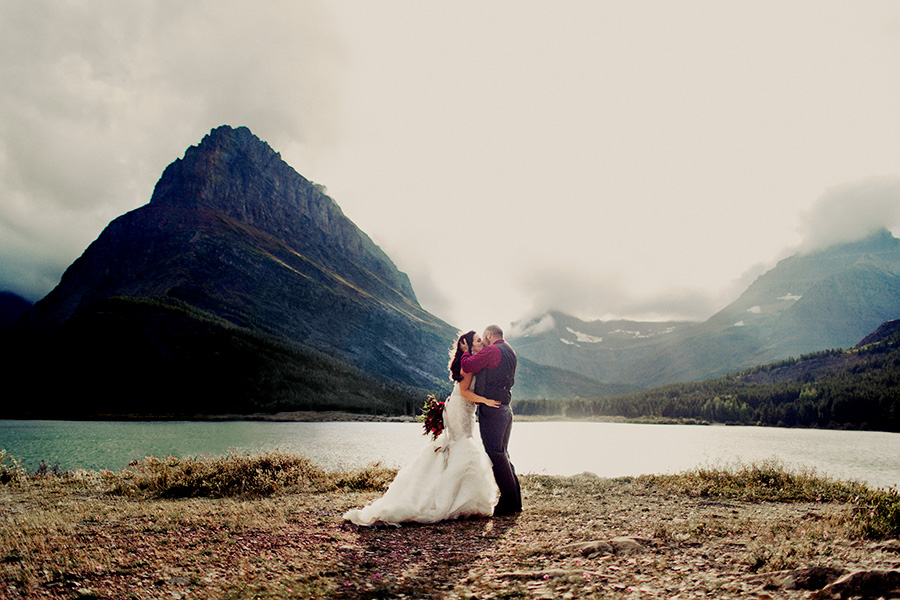Picture a wedding on a ranch in the east valley of the Flathead, set against the brilliance of the mountains and the clear summer sky. A red barn breaks up the greenness of the fields, and the wind is gentle.
See the couple, standing together beautiful and full of potential, and see the officiant standing with them. Is this person a friend of the couple, or hired? Is the bride’s dress an heirloom, or did she buy it? How about the groom and his garb?
Zoom out and see the crowd. They’re smiling, and some are crying, so thrilled to be witnessing this momentous occasion. They’re also likely spending money to be here, booking a hotel room, buying gas, purchasing a pass into Glacier National Park, eating at local restaurants, falling in love with the local scenery, and buying mementos of their time here.
Zoom out a couple more clicks and see the ceremony. Are there flowers? Did they grow there naturally or was someone paid money to pick, arrange and place them? Check out the groomsmen — are they wearing rented suits? Are there new dresses, new slacks, new cowboy boots, new sun hats throughout the crowd?
One more zoom out and you see the reception, with servers facilitating the food, alcohol and other beverages. The guests are happy with the appetizers and are filling up on the alcohol-infused dance fuel — each drink and bite represents dollar signs for someone.
See all of this and then you can hear it, that ka-ching of money complementing the sound of wedding bells.

All told, weddings are massive economic movers, affecting numerous facets of local markets. Northwest Montana is the most popular wedding destination in the state, according to My Montana Wedding, an organization that provides an aggregate of vendors and services for any aspect of such an event.
“Kalispell is the No. 1 destination that there is in the state of Montana for weddings,” said Aileen Brosten, executive director at My Montana Wedding.
The organization started in 2002 when a small group of businesses in the industry saw the need to network to increase business for everyone. It also publishes an annual magazine and holds the annual Wedding Expo each January, which attracts anywhere from 1,200 to 1,500 people. Roughly 300 of the attendees at the latest expo were brides, Brosten said.
“I think the only thing that limits the number of weddings in the Flathead Valley is the number of venues we have,” Brosten said. “And we have new venues coming online constantly.”
The ripples of the wedding industry in Northwest Montana will soon be quantified, as My Montana Wedding works on its first impact study. Brosten said this initial attempt to understand the full breadth of the wedding industry’s local impact will be largely based on information from member vendors, and will be the foundation for more-detailed studies in the future.
Until the financial impact of weddings is specifically detailed, Brosten said the general impact is “huge.”
Jennifer Mooney, a local photographer, started her business five years ago in the heart of the recession. She said her wedding business has accelerated.
“I’ve only seen it growing huge,” Mooney said. “I’ve seen more photographers and more venues and more caterers. I see more people in the valley opening new businesses and it not being as competitive still because there’s that much business to go around.”
The idea that a rising tide raises all boats is a popular one among the wedding and event vendors. Marc Rold of Wild Horse Limousines said he wanted to help start My Montana Wedding for this very reason.
“There are so many different vendors that provide services, and the more we work together, the better job we do,” Rold said. “I’m a community-builder person.”
His 17-year-old business has seen ebbs and flows, with the recession offering up a couple of tough years.
“People get married in good times and bad; they just get married in different ways,” Rold said. “The wedding business as a whole tends to be recession-proof, but it still fluctuates.”

The recession may have blunted the industry, but many vendors report that business is back to bustling. Debbie Young started her business Sweet Traditions in 2015 as a cottage-industry dessert bakery operated out of her home, and said that in the two years she’s been running her business, weddings have become an important piece.
“When I first started, it was more people wanting treats for birthdays and holidays,” she said just before starting on a new batch of cake pops and truffles.
Now, Young meets with brides and grooms of all sorts seeking the perfect sweet treats for their big days. Orders have ranged from eight dozen to 20 dozen pieces, Young said.
“What they like is that there’s a lot of flavor choices,” she said, noting that she makes 23 types of cakes.
But even though Young has been asked to create a traditional wedding cake, that’s not her niche. She focuses on cake pops, cake truffles and scones, but has no problem making recommendations for full cakes because there’s enough business to go around.
“My interest is more doing the single service, items you can grab and go,” Young said.

However, a wedding cake can end up being one of the large costs in a wedding. At Flathead Valley Community College, executive pastry instructor Chef Deborah Misik is preparing her students for the confectioner’s cash cow.
On July 7, the pastry students showcased the wedding cakes they’ve spent the course learning how to craft. Each student was assigned a couple to interview, create a drawing based on what the couple wanted, and then start building the cake.
After 20 to 30 hours of work, the students must then complete the hardest task of all: cutting the cakes like they’d be served at a wedding.
“We go through all aspects of the cake,” Misik said. “We also talk about how to run a business, how to meet with a bride, transportation, setup, and pricing.”
It’s important for her students to know how to do this, she said, because if they venture out on their own, wedding cakes bring in money.
“[Wedding cakes are] the money-makers for a pastry chef,” Misik said. “Lots of people come to Montana just to get married because it’s so beautiful. That’s a great market.”
Challenges in the Flathead industry tend to spring from trends. Rold of the limousine company said more people are holding ceremonies and receptions in the same places, for instance, which cuts down on his business.
But a recent trend rising in the Flathead should be good news for vendors, he said: “One of the newer trends now is we’re seeing planning a year and two years ahead.”
The Wedding Expos used to attract people planning to get married that year, Rold said, but this year’s event had people planning for events in 2018 and even 2019.
“When they plan like that, they tend to plan a little bigger and definitely more thoroughly,” Rold said.
For more information on My Montana Wedding, visit www.mymontanawedding.com.
